
The Journey of Childe Harold
By Keti Peeva

06 Apr, 2024
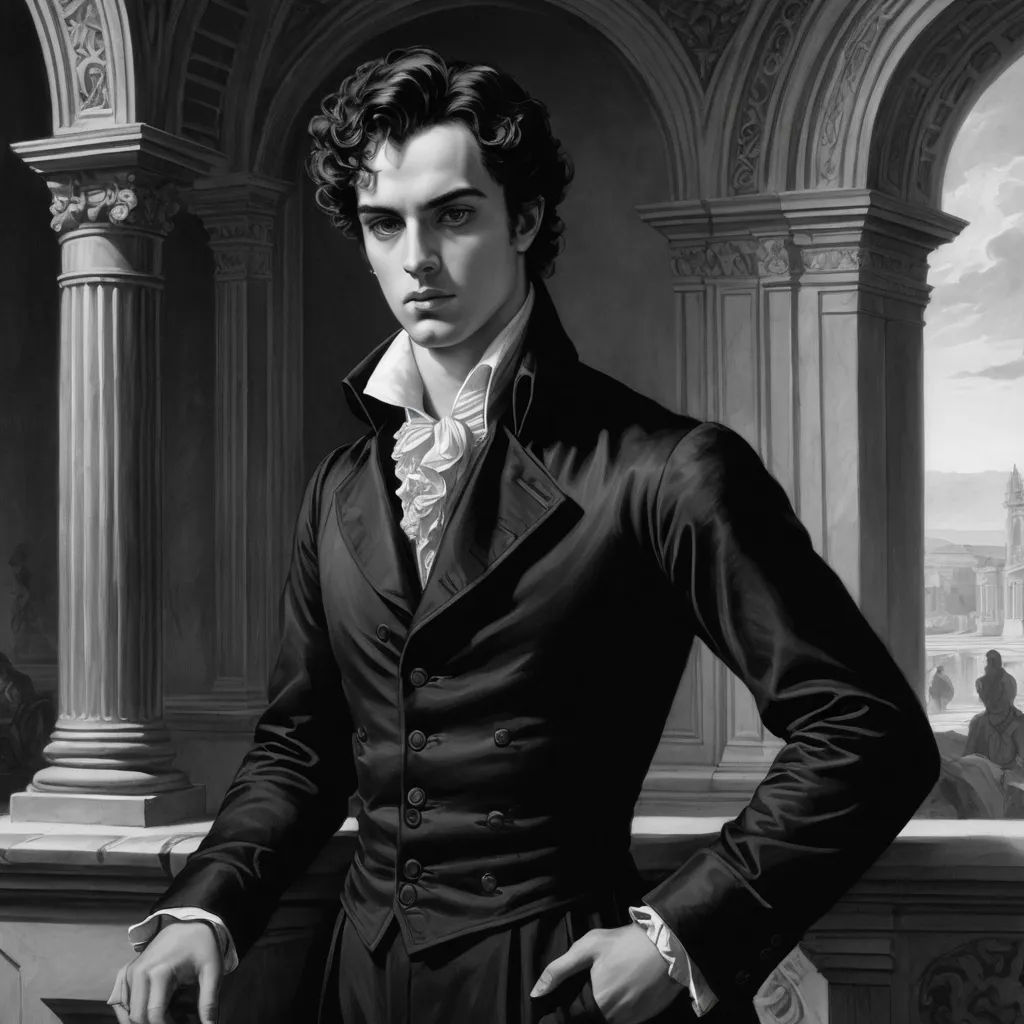
George Gordon Byron, better known as Lord Byron, was born into a life of both privilege and misfortune. His father, Captain John Byron, had squandered much of the family fortune before his birth, leaving them in financial hardship.
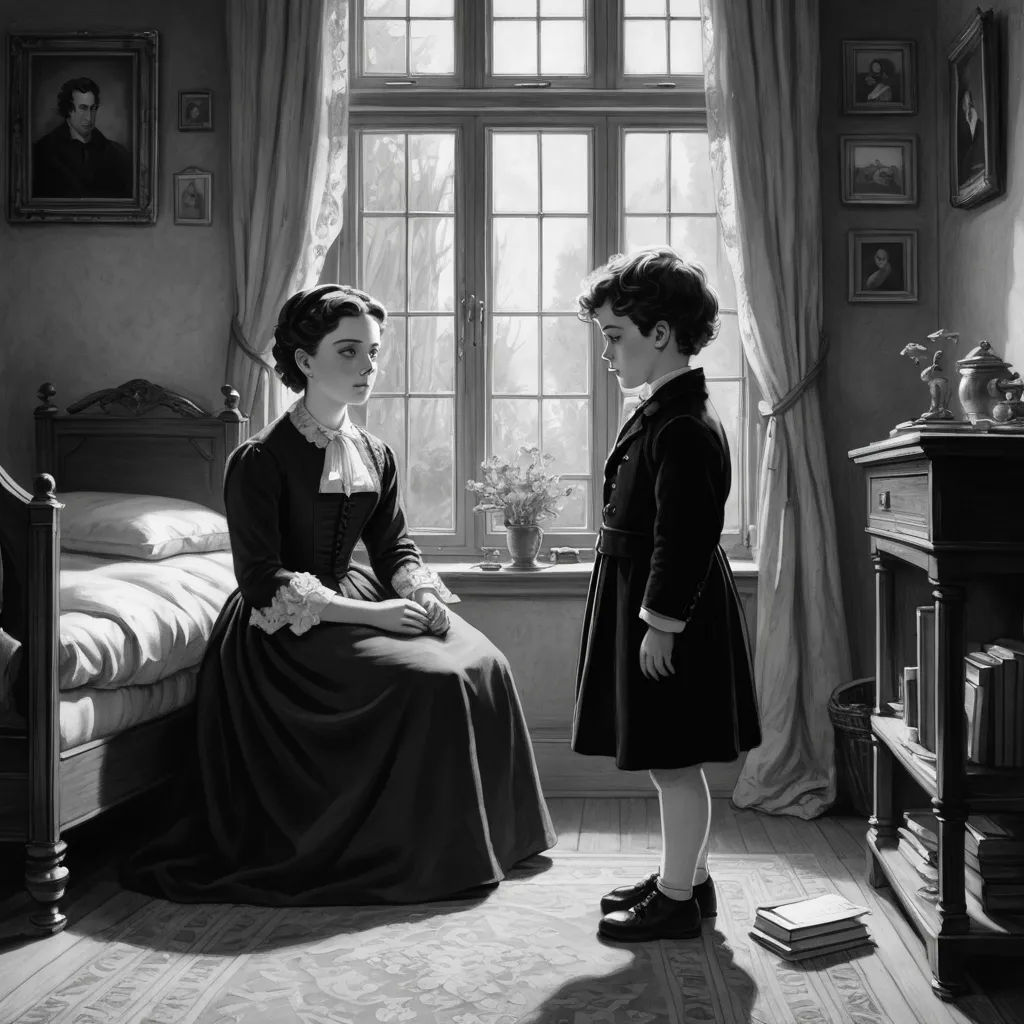
When Byron was just three, his father passed away, leaving his mother, Catherine Gordon, to raise him on her own. Despite these early hardships, Byron showed promise from an early age.
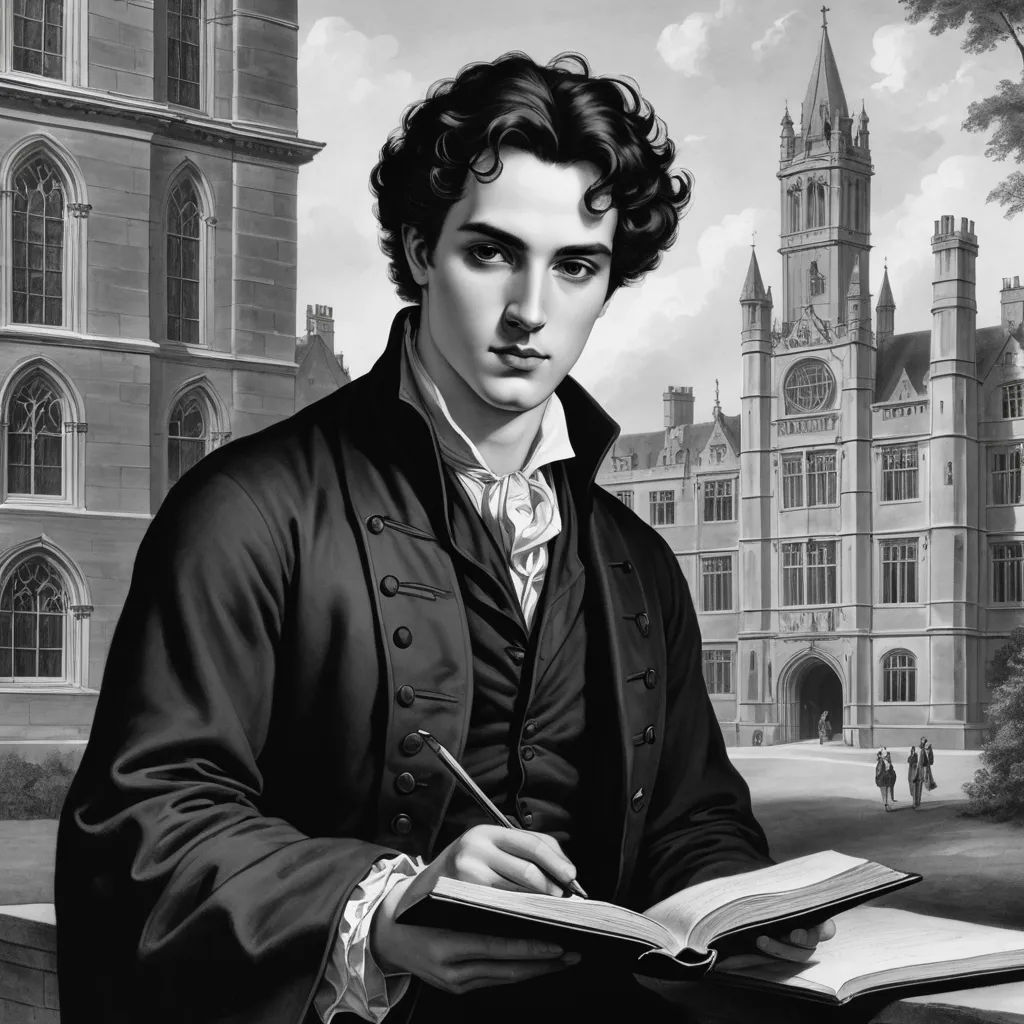
Byron was educated at Harrow School where he excelled in his studies and developed a love for literature. At the age of 17, he enrolled at Trinity College, Cambridge, where he pursued his passion for writing and intellectual discourse.
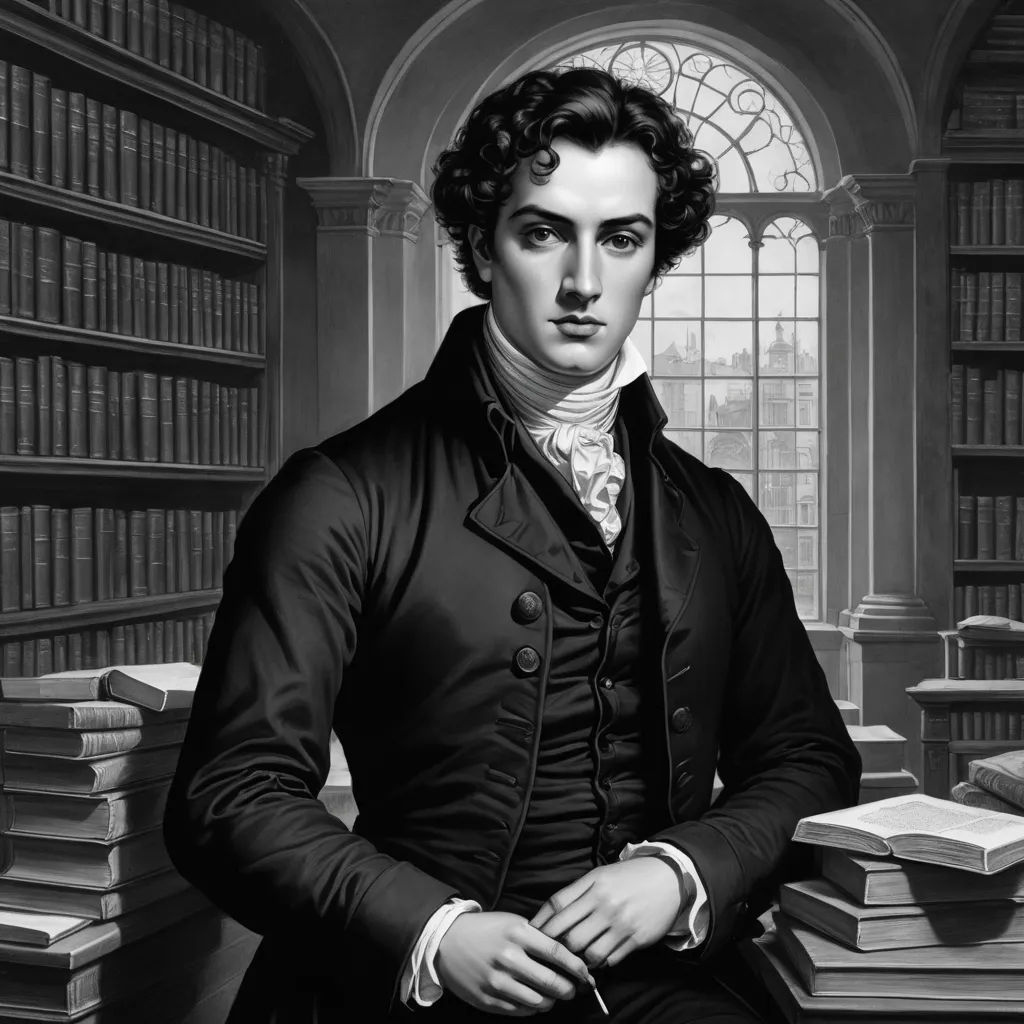
It was during his time at Cambridge that Byron cultivated his reputation as a poet and a rebel. In 1806, he published his first collection of poems, "Fugitive Pieces," which was met with critical acclaim.
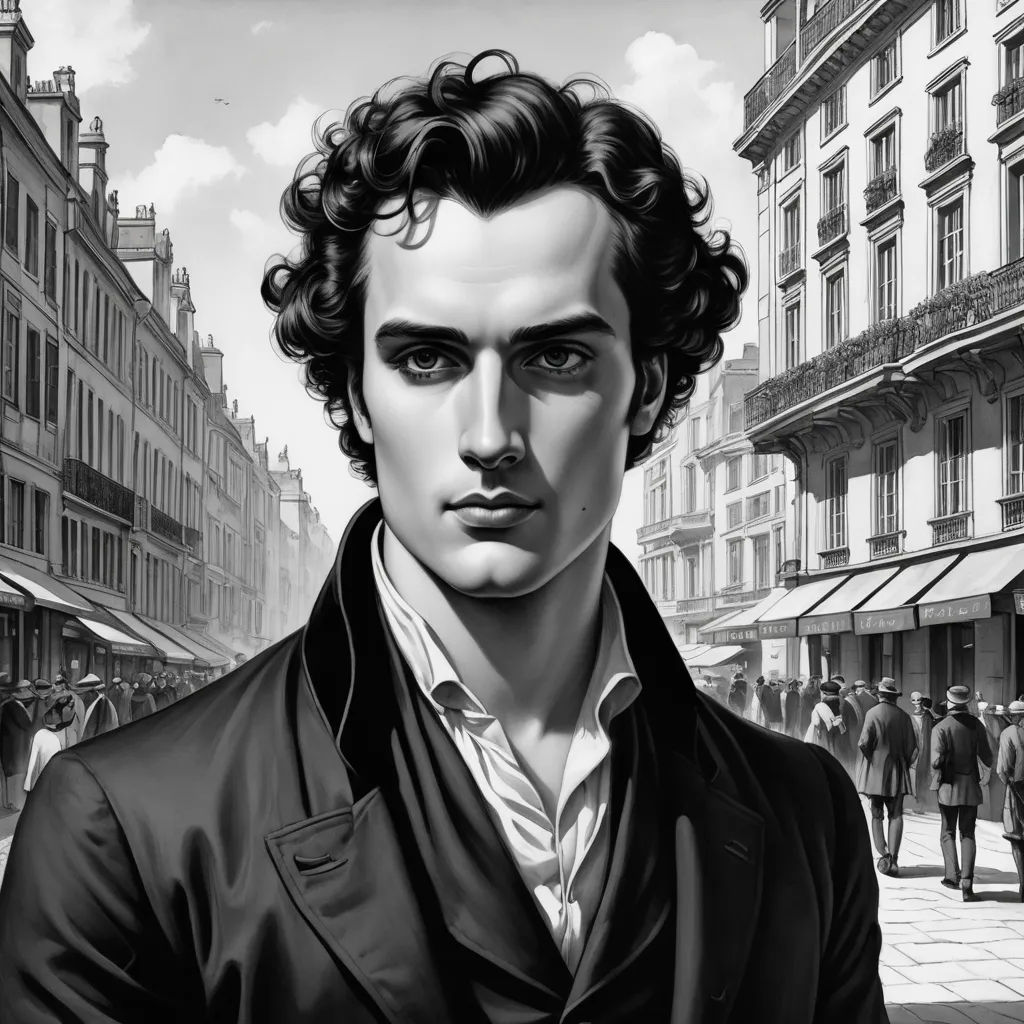
However, it was his second collection, "Hours of Idleness," published in 1807, that truly established him as a literary force to be reckoned with. At the age of 21, Byron embarked on a grand tour of Europe.

His journey took him through Portugal, Spain, Malta, and Greece. Immersed in the cultures and histories of these ancient lands, Byron began work on his most famous poem, "Childe Harold's Pilgrimage."
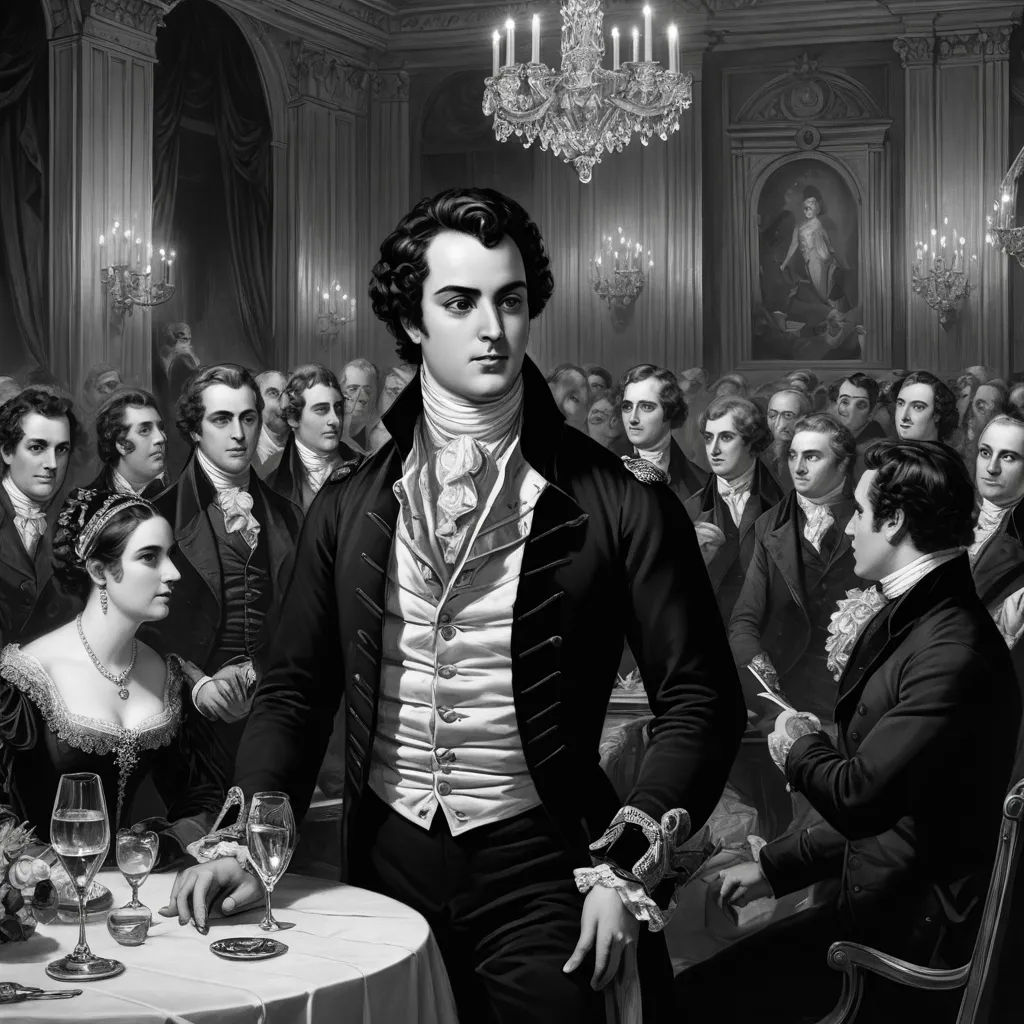
Upon his return to England in 1812, "Childe Harold's Pilgrimage" was published, catapulting Byron to fame and making him the toast of London society. His wit, charm, and good looks made him one of the most sought-after bachelors.
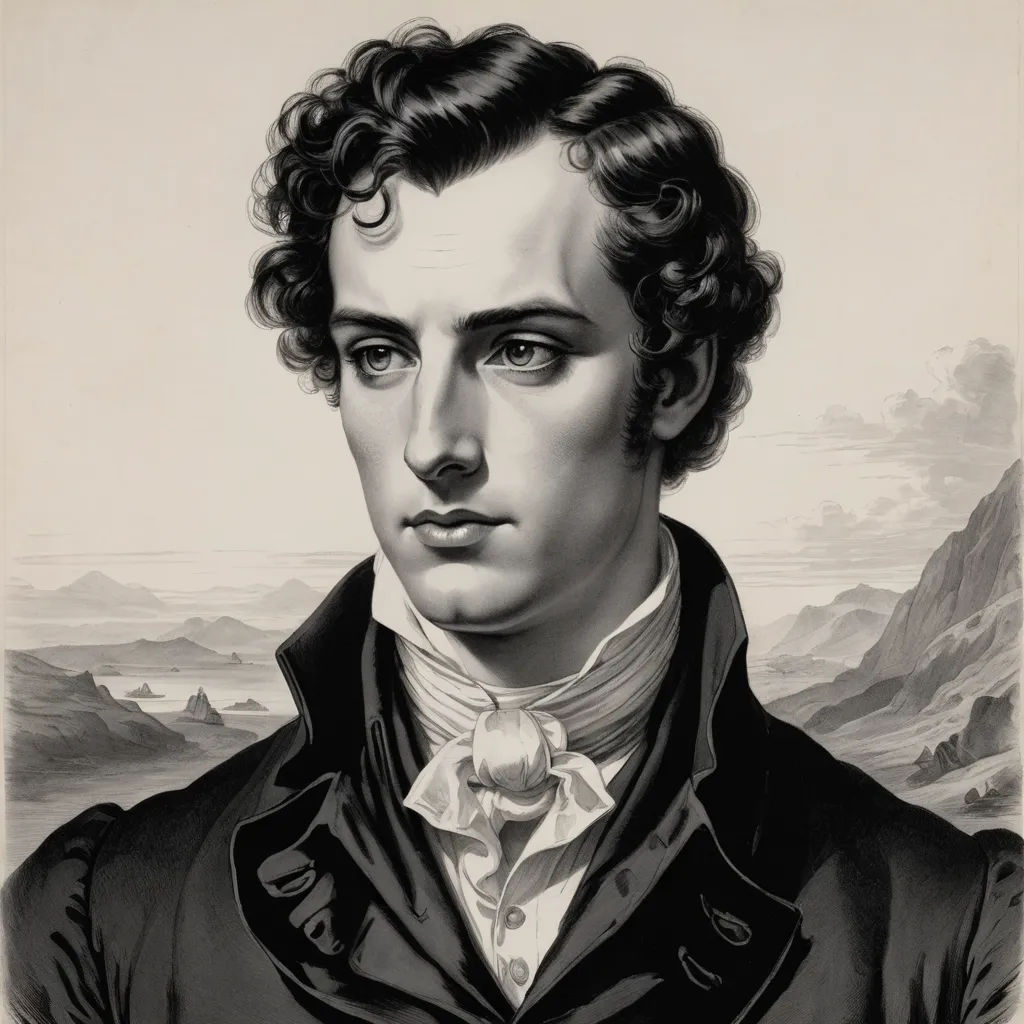
In 1815, Byron married Anne Isabella Milbanke. The marriage, however, was short-lived, ending in scandal just a year later. Following his divorce, Byron left England in 1816, never to return.
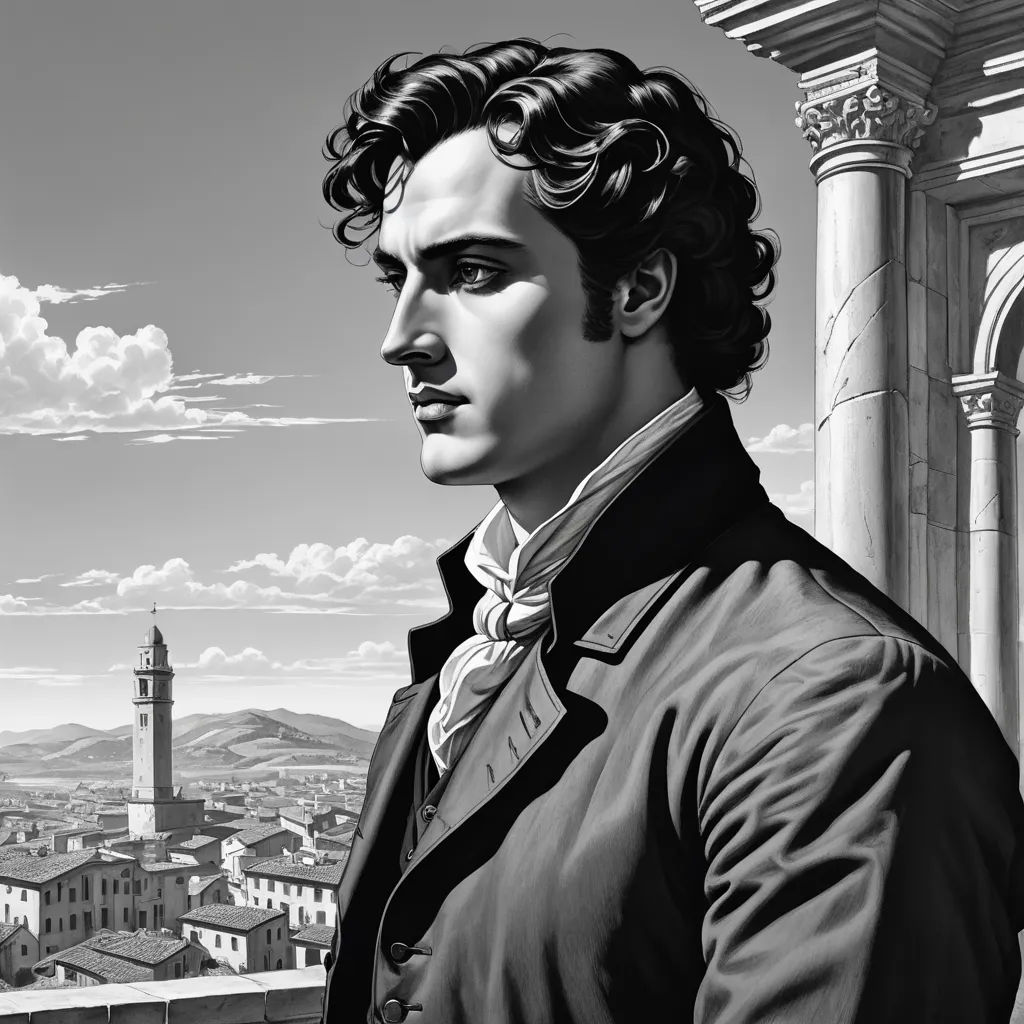
He traveled throughout Europe, settling for a time in Italy. There, he continued to write and publish prolifically, penning some of his most famous works, including "Don Juan" and "Manfred."

In 1823, Byron became involved in the Greek War of Independence. Using his fame and fortune, he supported the Greek cause, traveling to Greece in 1824 to join forces with the Greek rebels.
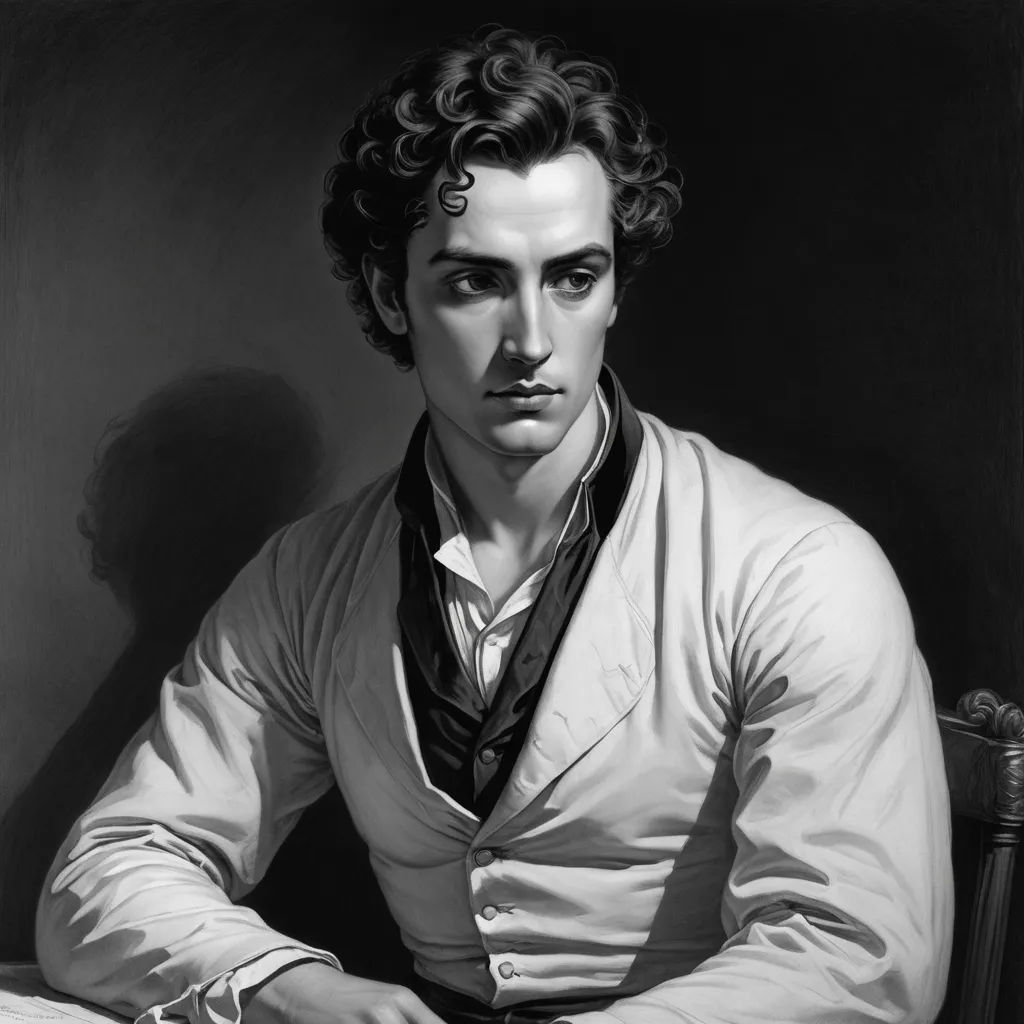
There, he helped finance the rebels' efforts. However, his health began to deteriorate, and he contracted a fever while in Missolonghi. Despite the best efforts of his doctors, Byron died on April 19, 1824, at the age of 36.
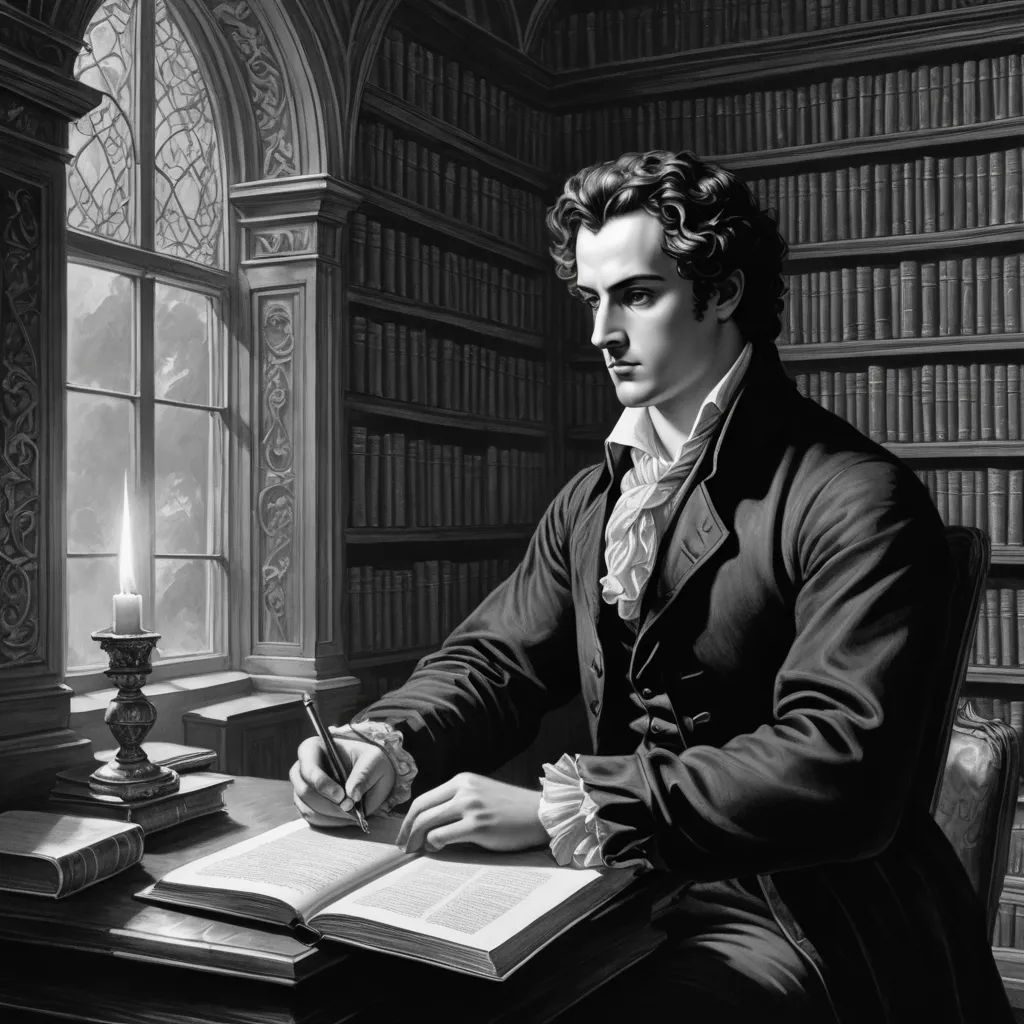
Lord Byron's life was one of passion, adventure, and tragedy. He lived life to the fullest, embracing both its joys and sorrows with equal fervor. He left a legacy of poetry that continues to be celebrated and studied to this day.
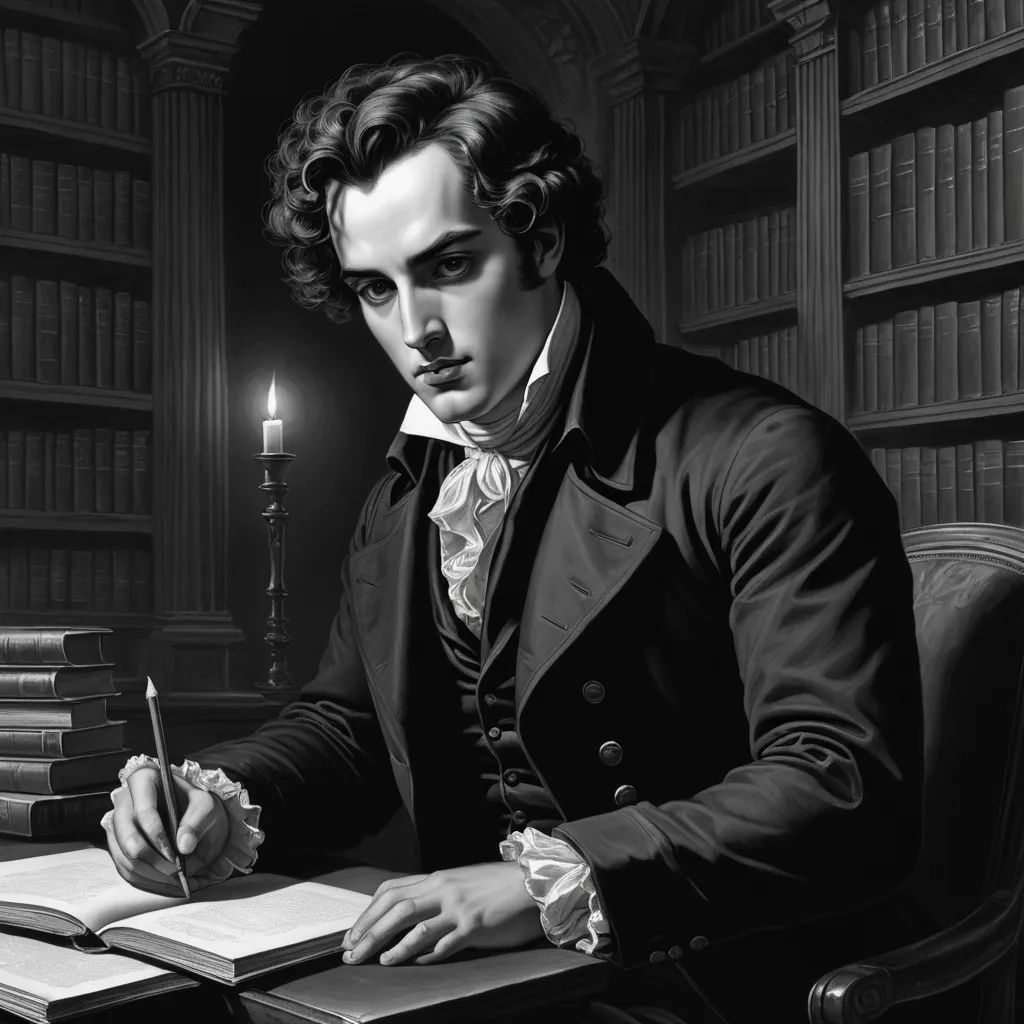
His works range from the darkly brooding to the playfully satirical, reflecting his complex personality and rich life experiences. His rebellious spirit and his dedication to his craft have cemented his place in history as one of the greatest poets in the English language.
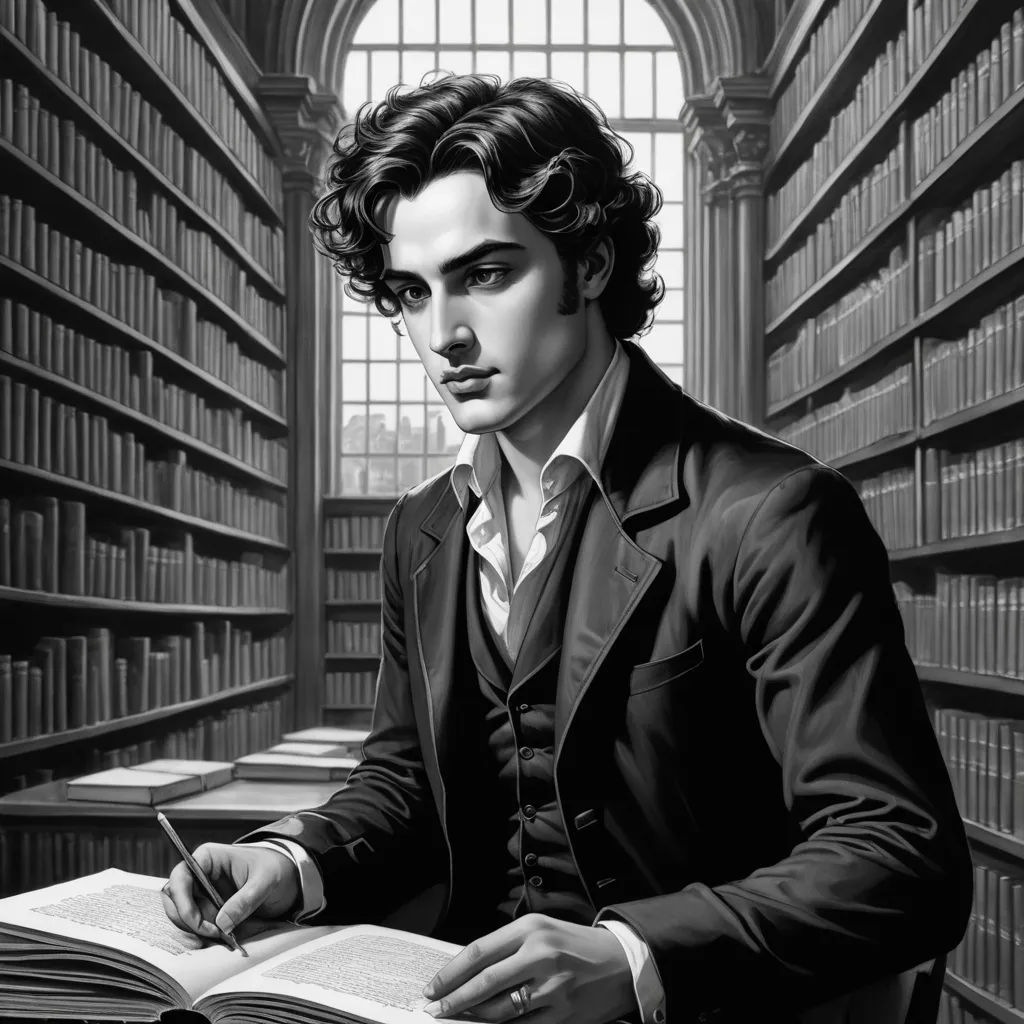
Even after his death, the influence of Lord Byron continues to be felt. His works continue to be read and analyzed, his life continues to be studied, and his legacy continues to inspire new generations of writers and poets.
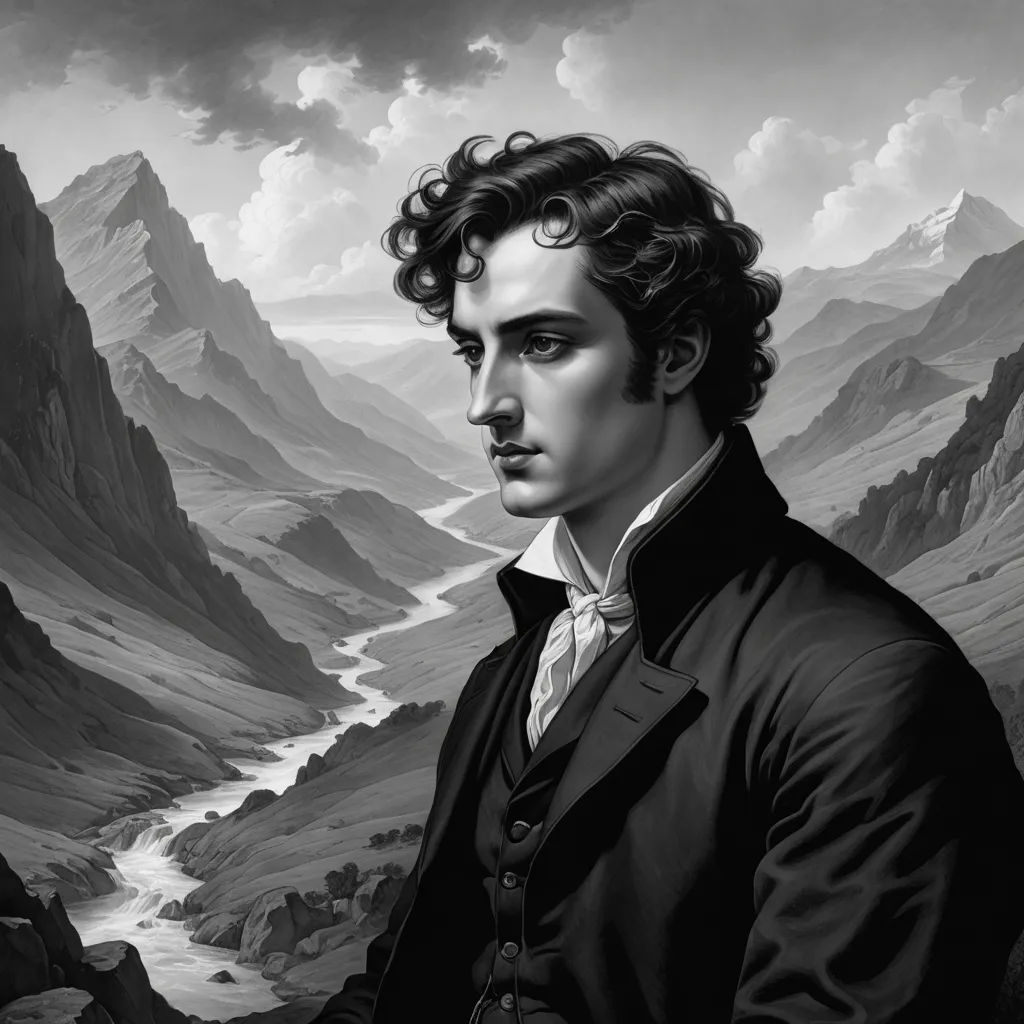
The journey of Childe Harold, as Byron had written, was not just a journey through the lands of Europe, but also a journey through the human heart, filled with its passions, its sorrows, its joys, and its tragedies.
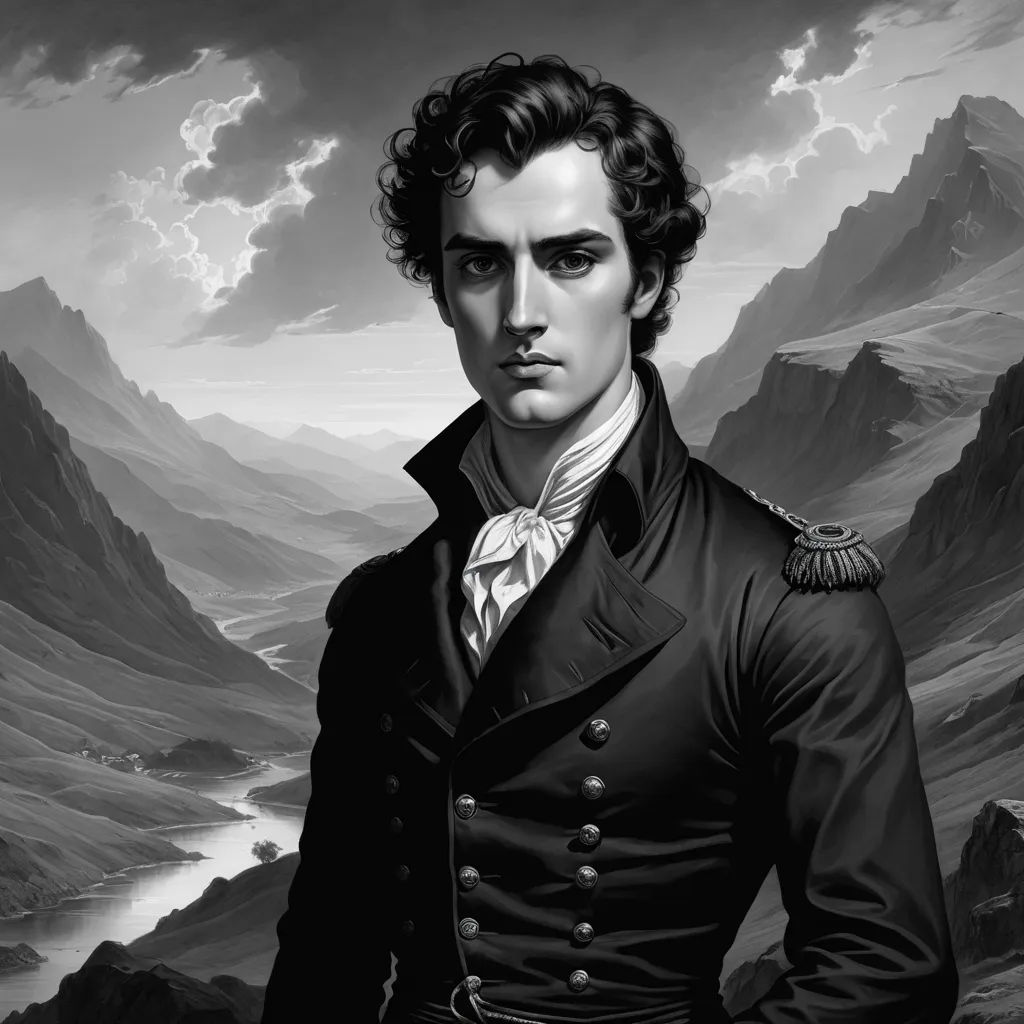
Lord Byron's journey reflected the same. A journey through the heights of fame and the depths of scandal, through the joys of creativity and the sorrows of loss, through the passions of love and the tragedies of death.

His life, like his poetry, was a rich tapestry of experiences and emotions, woven together with the threads of his words and his deeds, creating a legacy that continues to inspire and influence to this day.
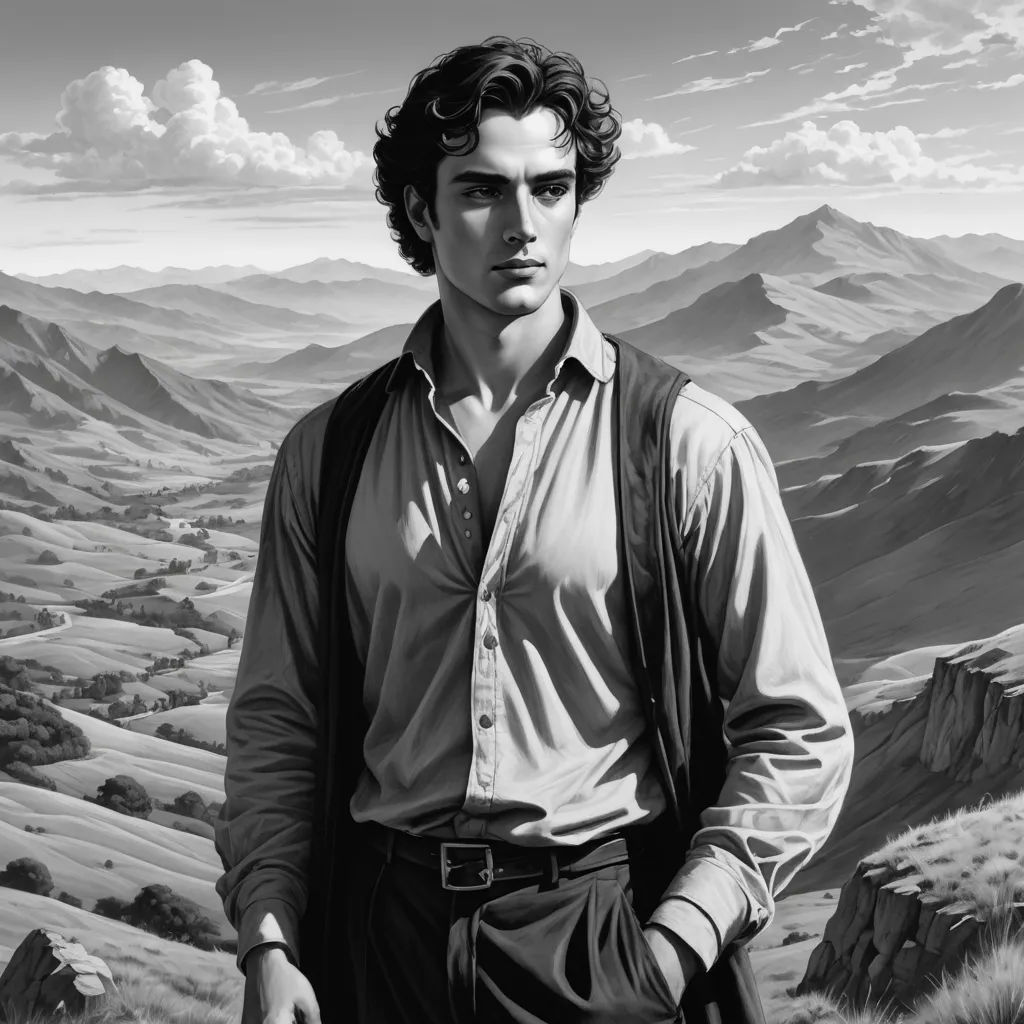
His story serves as a reminder that life, with all its ups and downs, is a journey to be embraced, a journey to be lived fully, a journey to be celebrated, just like the journey of Childe Harold.
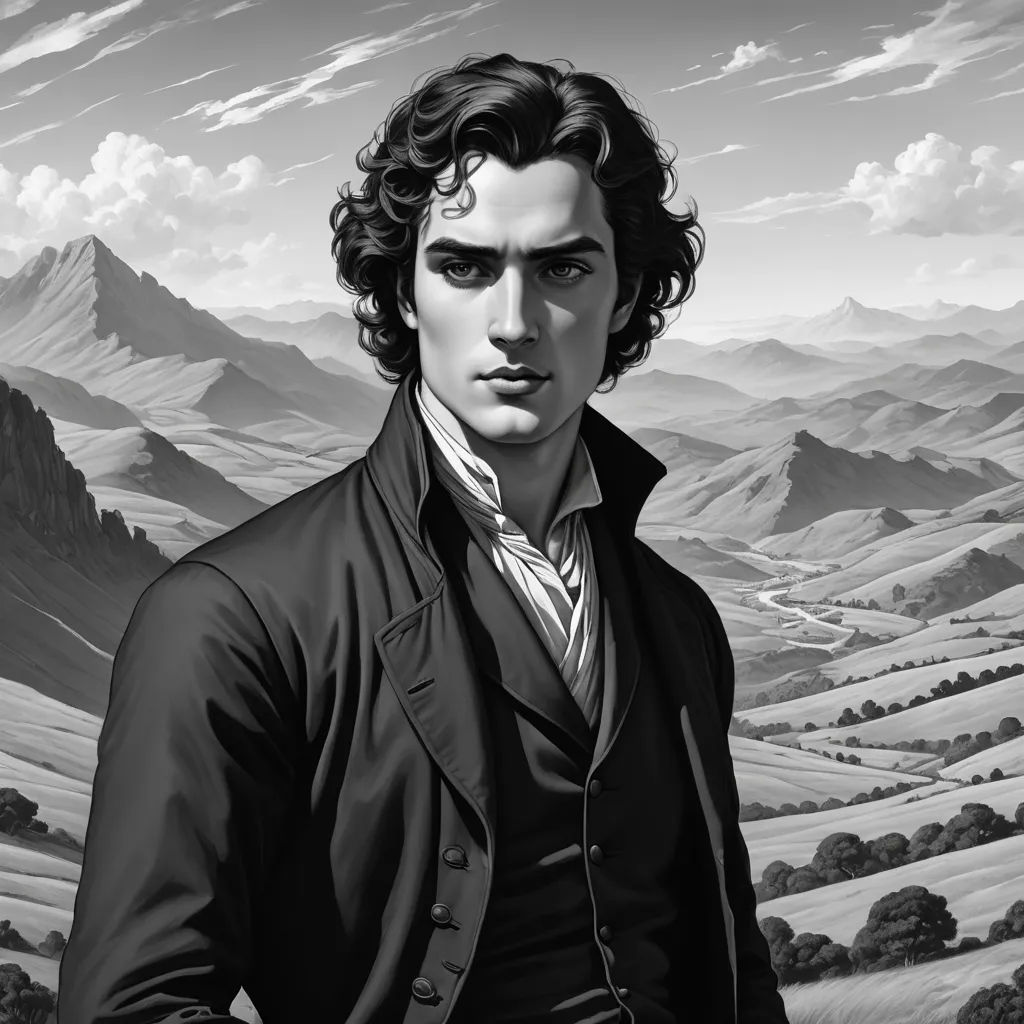
The journey of Lord Byron, the journey of Childe Harold, the journey of every individual, is a journey that matters, a journey that counts, a journey that leaves a mark on the world, a journey that makes a difference.
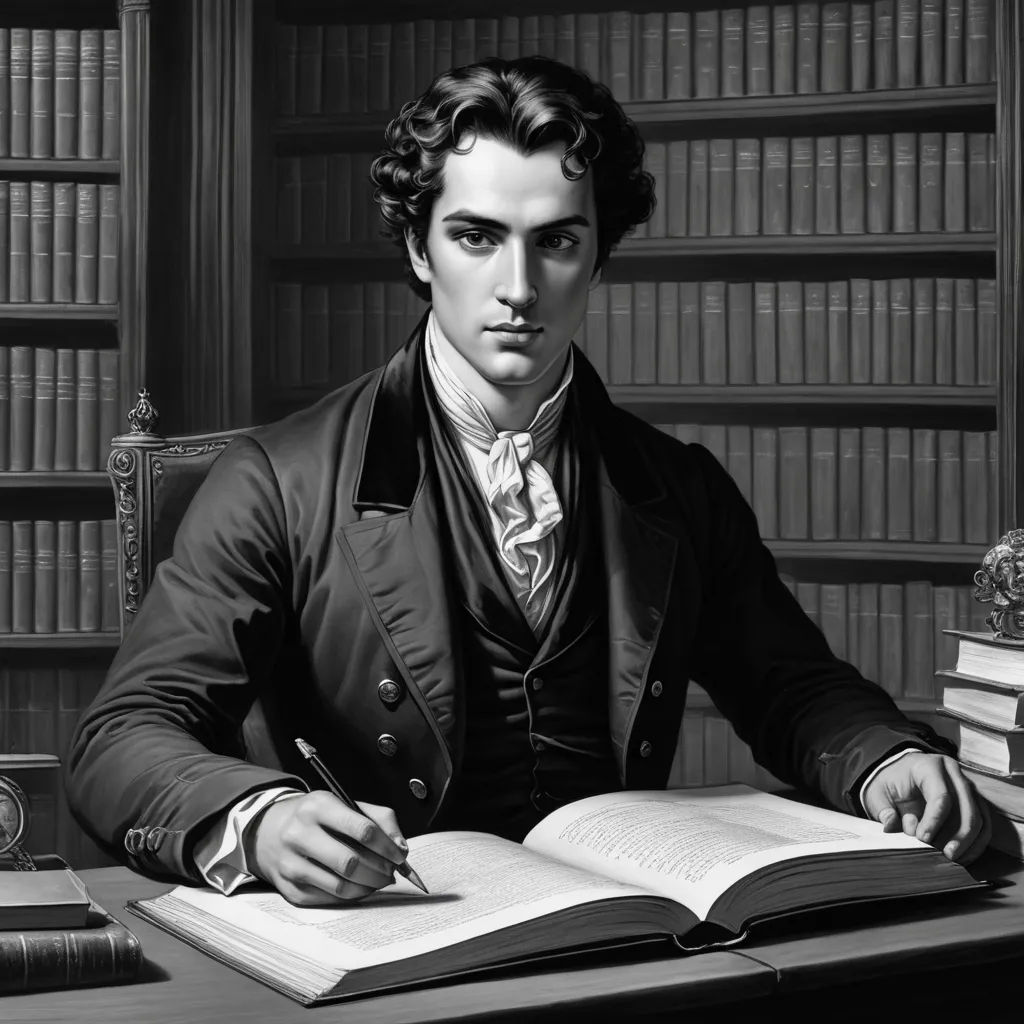
And so, the journey of Lord Byron continues, through his words, his works, his legacy, touching hearts, inspiring minds, enriching lives, and making a difference in the world, one reader, one journey, at a time.